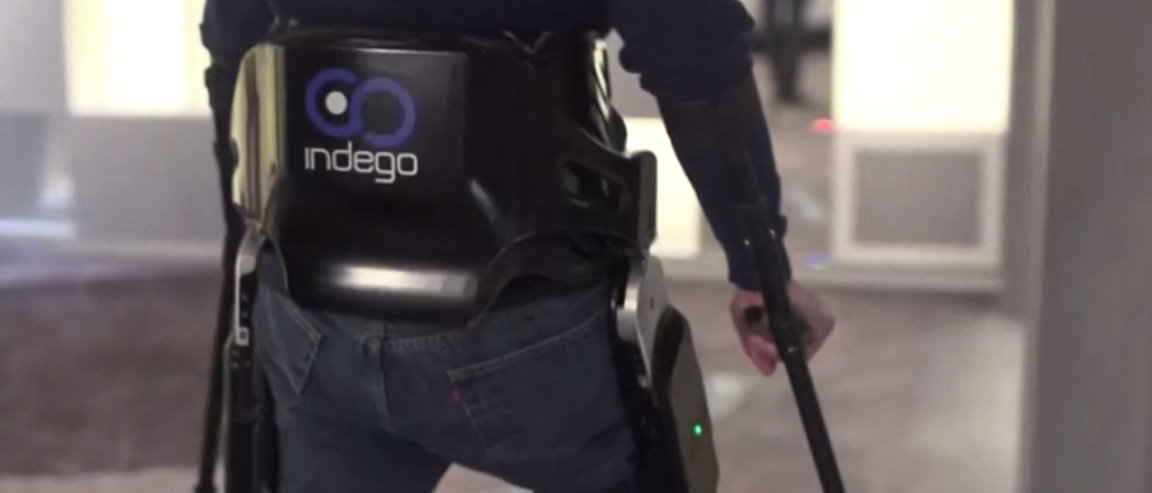
REDEFINING WEARABLES
Recently, the U.S. Food and Drug Administration gave clearance to sell a powered lower-limb exoskeleton developed by a team of Vanderbilt engineers for both clinical and personal use in the United States.
The exoskeleton, named Indego, allows people paralyzed below the waist (or people who have mobility issues) to stand up and walk. Until recently, “wearable robots” like Indego were restricted to military applications or seen only in science fiction, but the advances in robotics, microelectronics, and battery technologies have made it possible for exoskeletons to be developed to aid everyday people.
Ultimately, Indego acts like an external skeleton and is strapped tightly around the torso. Rigid supports are strapped to the legs and extended from the hip to the knee and from the knee to the foot. The whole exoskeleton is driven by computer-controlled electric motors and powered by advanced batteries.
“You can think of our exoskeleton as a Segway with legs. If the person wearing it leans forward, he moves forward. If he leans back and holds that position for a few seconds, he sits down. When he is sitting down, if he leans forward and holds that position for a few seconds, then he stands up,” Michael Goldfarb, part of the team who initially developed the exoskeleton, said in a press release.
THE FREEDOM TO MOVE

Indego is only the second exoskeleton to receive FDA certification for U.S. use, and notably, it has successfully cleared the largest exoskeleton clinical trial conducted in the United States. According to the Parker news release, “Over the course of more than 1,200 individual sessions, study participants were able to use Indego to safely walk on a variety of indoor and outdoor surfaces and settings with no serious adverse events.”
Goldfarb aimed to design Indego such that users had the maximum amount of personal freedom possible. As a result, Indego is lighter and less bulky than any other exoskeletons in development. It can also be worn and removed by the user while sitting in a wheelchair.
Other features even assist with rehabilitation.
One of these features is robotic assistance that automatically adjusts for user who have some muscle control in their legs to allow them to use their own muscles while walking. If the user is paralyzed, the device does all the work. Even for paralyzed patients, the exoskeleton uses what is called ‘functional electrical stimulation’ to send small electrical pulses to paralyzed muscles to cause them to contract and relax. This could allow them to improve strength, circulation, and reduce muscle atrophy.
Patients confined to wheelchairs can develop serious problems—such as osteoporosis, pressure sores, blood clots, and other afflictions associated with lack of mobility. These risks go down with regular movement of the muscles, such as standing or walking.
Indego has been available in Europe since November, when it received the CE Mark, the European Union’s equivalent of FDA approval. While the initial price is $80,000, Parker Hannifin is trying to get the device approved for health insurance reimbursement.